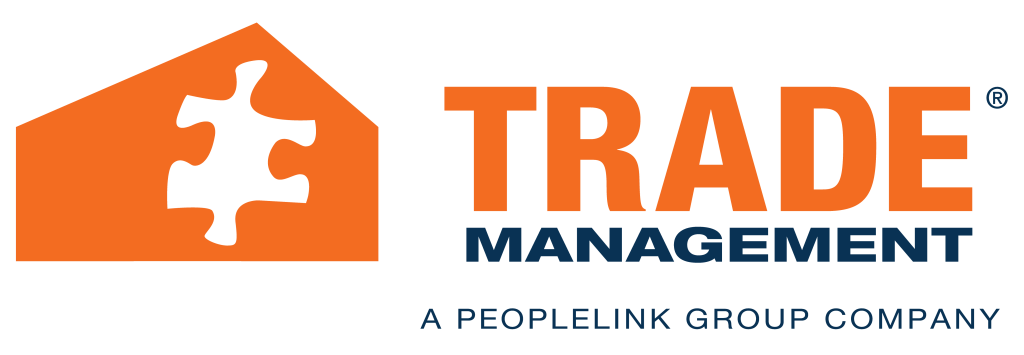 If you are like most employees, you do not like negotiation. This can make it hard to negotiate your construction rate when securing a job.
If you are like most employees, you do not like negotiation. This can make it hard to negotiate your construction rate when securing a job.
However, it is up to you to negotiate the construction rate that fits your construction performance and personal needs. Otherwise, you likely will not increase your income or be happy with your job.
Implement these tips to negotiate the construction rates you desire.
Set a Foundation for Your Rate
Determine exactly why you should be paid the construction rate you desire. Have detailed reasons to support your request. For instance, you show up to work on time, put in your best effort, and stay as long as needed.
Offer a Range of Rates
Decide on a construction rate slightly above and one rate well above the rate you would like to earn. Then, offer the two higher numbers as a range for your construction rate. This gives you more leverage to potentially earn a higher rate than anticipated.
If you start negotiating with only one construction rate, it may be below the minimum rate the employer was willing to pay you. For instance, you might request 20% more than you usually earn, but the employer may be willing to pay you 30% more than you usually earn. This is why offering a range is more beneficial.
Point Out Your Value
Clarify what the employer gains by hiring you. For instance, you create quality work, finish projects on time, and regularly are recognized for your contributions.
Then, show what the employer may lose by not having you work for them. For instance, hiring another worker means they might be late or not show up. Also, they could cut corners while doing the work. Plus, the quality of the finished product may be poor. Any rework that needs to be done will take additional time and money.
Show How the Employer Benefits
Emphasize the value you provide for employers. The increased construction rate you desire is due to your skill level and years of experience. You are dedicated to completing quality work according to the timeline and within the budget.
Prepare for Objections
The employer likely will have reasons to pay you a lower construction rate than you desire. You need prepared responses to show why you deserve the rate you requested.
For instance, the employer may say the budget does not allow them to pay you the requested rate. You can assure them the quality of your work will be worth the extra amount. You might be able to finish your work early, which would save additional money in the budget.
Work with a Recruiter
A recruiter from Trade Management can negotiate construction rates on your behalf. Register to get started today.









